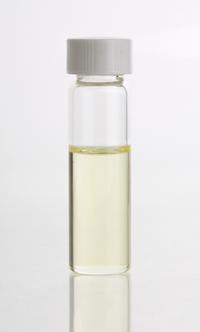
Photo from wikipedia
Bitter (Ferula pseudalliacea) and sweet (Ferula assa-foetida) asafetida (Apiaceae family) are well-known economic and medicinal herbs owing to their gum. This study investigates genetic differentiation of F. pseudalliacea and F.… Click to show full abstract
Bitter (Ferula pseudalliacea) and sweet (Ferula assa-foetida) asafetida (Apiaceae family) are well-known economic and medicinal herbs owing to their gum. This study investigates genetic differentiation of F. pseudalliacea and F. assa-foetida using ISSR markers, to determine the effective primer and to assess the possibility of separating sweet and bitter plant populations from each other. Results showed that among 22 primers, eight markers reproduced obvious DNA patterns and revealed 234 scorable DNA bands. ISSR-16 and ISSR-55 primers had better performance than other primers according to the number of bands, PIC and Marker Index. Bitter population showed polymorphic loci (224), percentage of polymorphic loci (95.73%) and observed number of alleles (1.96 ± 0.2), while sweet populations showed the amount of these parameters as 218, 93.16% and 1.93 ± 0.25, respectively. Estimated Gst of sweet population was 0.09 and Gst of bitter population was 0.06. Comparing gene flow in bitter and sweet populations showed a lower level of gene flow between sweet populations (Nm = 4.93) compared to bitter ones (Nm = 7.89). Within group genetic similarity of sweet asafetida population was higher than between group variation of bitter and sweet populations. The highest similarity was observed between bitter populations (0.95). The highest genetic dissimilarity was also estimated between bitter and sweet populations (0.08). Cluster analysis grouped four studied populations into 13 clusters using Jaccardʼs similarity coefficient and UPGMA method. Principal coordinate analysis showed that 61.02% of total variance was explained using three components and it could completely separate populations as well as cluster analysis. These grouping correspond nearly with geographical distribution. Analysis of molecular variance showed that genetic variation within populations (87%) was more than among populations (13%). The results indicated that ISSR marker is suitable to investigate genetic diversity of asafetida populations and could separate populations of the same genera with similar germplasm.
Journal Title: Molecular Biology Reports
Year Published: 2018
Link to full text (if available)
Share on Social Media: Sign Up to like & get
recommendations!